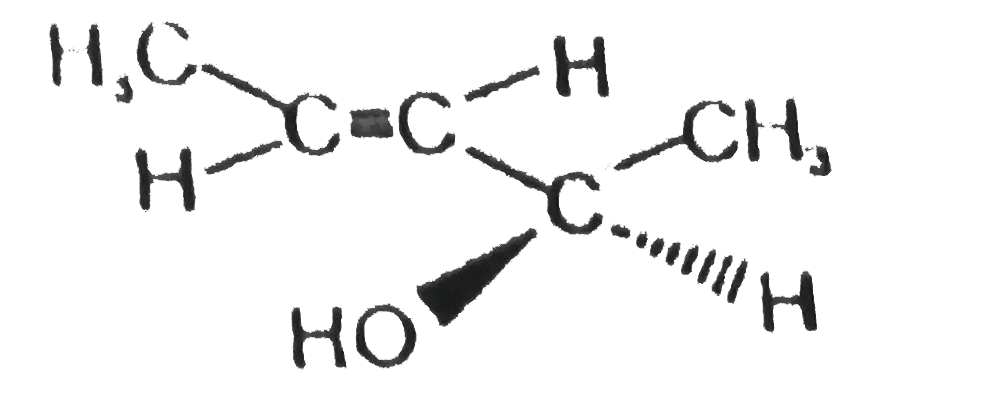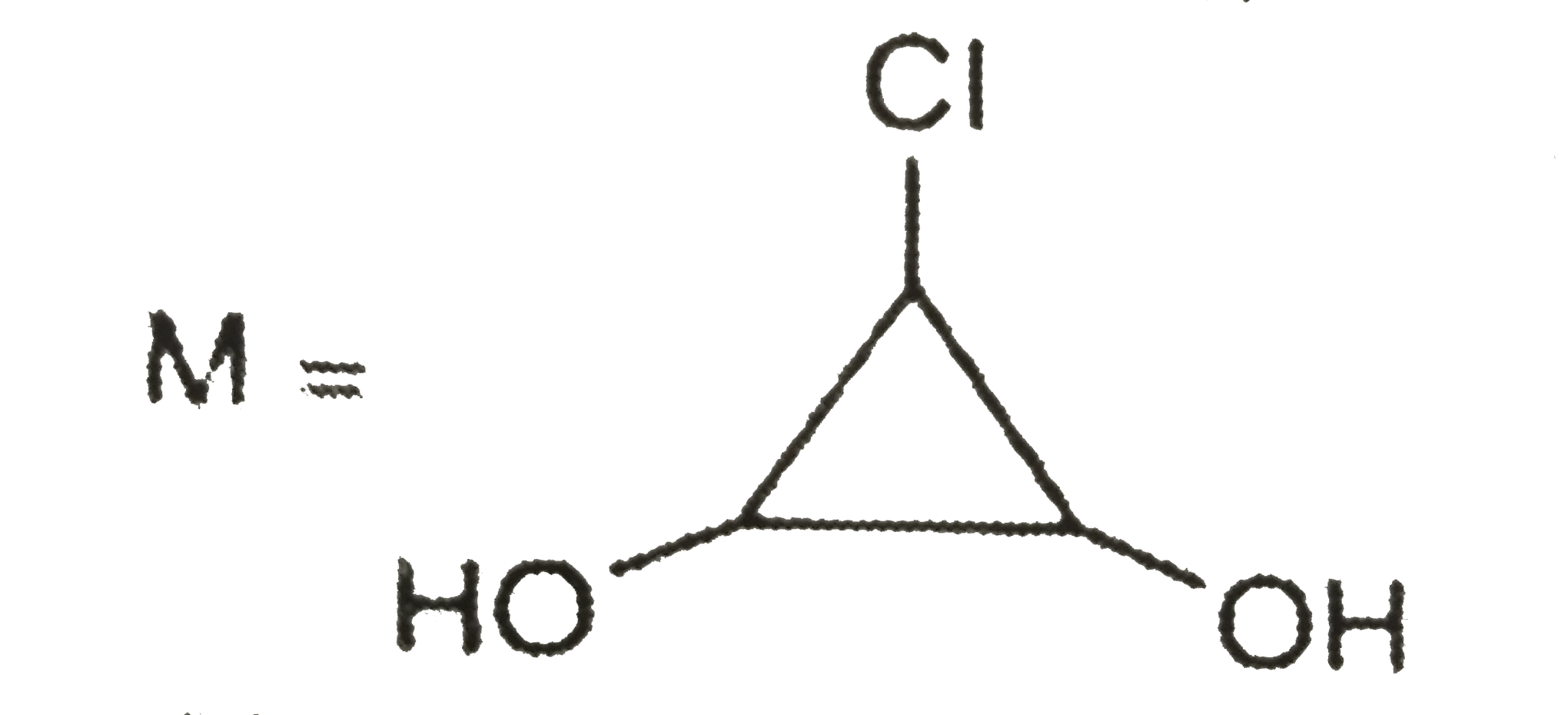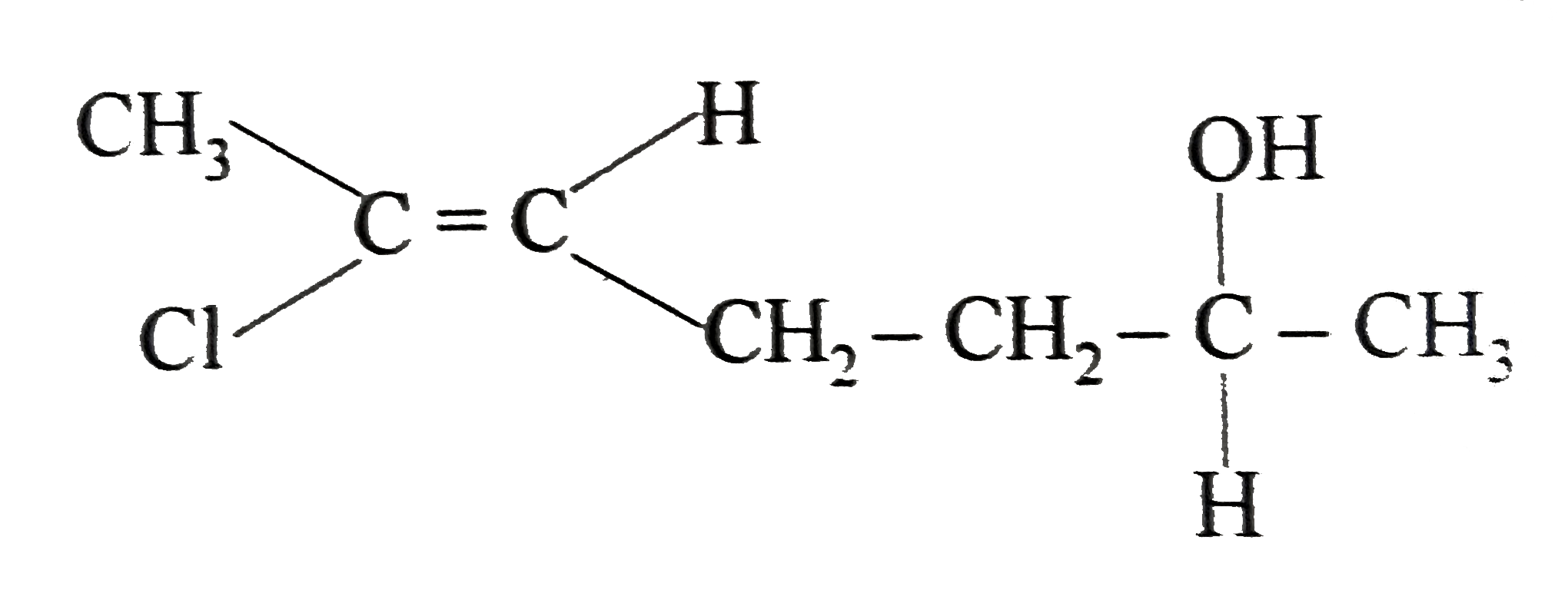All enzymes catalysing inter-converion of optical, geometric or positional isomers, are known as____
Isomerase
Ligase
Lyase
Hydrolase
To solve the question regarding the type of enzymes that catalyze the interconversion of optical, geometric, or positional isomers, we can follow these steps:
1. Understanding the Question: The question asks for the specific type of enzyme that facilitates the conversion between different forms of isomers, which include optical, geometric, and positional isomers.
2. Identifying Key Terms:
- Isomers: Molecules with the same molecular formula but different structures or arrangements.
- Optical Isomers: Isomers that differ in the spatial arrangement of atoms and can rotate plane-polarized light.
- Geometric Isomers: Isomers that differ in the arrangement of groups around a double bond or ring structure.
- Positional Isomers: Isomers that differ in the position of a functional group within the molecule.
3. Analyzing the Options: The options provided are:
- A) Isomerase
- B) Ligase
- C) Lyase
- D) Hydrolase
4. Evaluating Each Option:
- Isomerase: Enzymes that catalyze the rearrangement of molecules to form isomers. This matches our requirement as they facilitate the interconversion of different isomers.
- Ligase: Enzymes that join two molecules together, typically forming a bond (e.g., DNA ligase). This does not fit the requirement.
- Lyase: Enzymes that break down molecules without water formation. This does not involve isomerization.
- Hydrolase: Enzymes that catalyze the breakdown of bonds using water. This also does not involve isomerization.
5. Conclusion: Based on the analysis, the correct answer is A) Isomerase, as these enzymes specifically catalyze the interconversion of isomers.
Final Answer:
All enzymes catalyzing the interconversion of optical, geometric, or positional isomers are known as Isomerases.
- Isomers: Molecules with the same molecular formula but different structures or arrangements.
- Optical Isomers: Isomers that differ in the spatial arrangement of atoms and can rotate plane-polarized light.
- Geometric Isomers: Isomers that differ in the arrangement of groups around a double bond or ring structure.
- Positional Isomers: Isomers that differ in the position of a functional group within the molecule.
- A) Isomerase
- B) Ligase
- C) Lyase
- D) Hydrolase
- Isomerase: Enzymes that catalyze the rearrangement of molecules to form isomers. This matches our requirement as they facilitate the interconversion of different isomers.
- Ligase: Enzymes that join two molecules together, typically forming a bond (e.g., DNA ligase). This does not fit the requirement.
- Lyase: Enzymes that break down molecules without water formation. This does not involve isomerization.
- Hydrolase: Enzymes that catalyze the breakdown of bonds using water. This also does not involve isomerization.
All enzymes catalyzing the interconversion of optical, geometric, or positional isomers are known as Isomerases.
Topper's Solved these Questions
Similar Questions
Read the paragraph carefully and answer the questions given below it,
Stereo//space isomerism in coordination compounds
Gcometrical isomerism: Exhibited by square planer and octahedral complexes (not by tetrahedral complexes because relative positions are similar). If opposite positions have similar groups, it is trans, otherwise it is cis,
Optical isomerism: Shown when mirror image is non-superimposable. Cis-isomer shows but trans isomer does not
QBoth geometrical and optical isomerism are shown by
View SolutionEnzymes catalysing the linking together of two compounds are known as ______.
View SolutionFor the given complex [CoCl2(en)(N3)2]+, the number of geometrical iosmers, the number of optical isomers and total number of isomers of all type possible respectively are
View SolutionBroadly speaking there are four types of stereisomers namely conformational isomers geometrical isomers, enantiomers and diastereomers.Although conformational isomers , have same configuration geometrical isomers have different atoms attached to each of the doubly bonded carbon atom, and enantiomers are due to chirality in the molecule Enantiomers are also known as optical isomers and diastereomers are those stereoisomers which are not enantiomers.In simple compound, number of stereoisomers.In chiral molecule is given by the reaction 2n, where n is the number of dissimilar chiral carbon.
Observe the following structures and answer the questions given below :

How many stereoisomers are possible in pent-3-en-2-ol, CH3CH=CHCHOHCH3
View SolutionEnzyme catalysis optical or geometrical rearrangement of atomic groupings without altering molecular weight or number of atoms is
View SolutionGive the total number of geometrical and optical isomers give by
[Co(NH3)4CI2]⊕
View SolutionThe number of geometrical and optical isomers of
[Cr(NH3)3(NO3)3] is .
View SolutionObserve the compound 'M'

If in this compound
X=Total number of asymmetric C⋆ atoms
Y= Number of similar asymmetric C⋆ atoms
Z= Number of optically active stereoisomers
W= Number of optically inactive isomers
R= Number of geometrical orientations in space
Report your answer as : X +Y +Z+ W+ R
View SolutionGive the structural formula of an unsaturated hydrocarbon with the lowest number of C atoms (or with lowest molecular mass) which shows:
a. Optical isomers
b. Geometrical isomers
c. Both optical and geometrical isomers
View SolutionThe compounds whose stereochemical formula is written below exhibits x geometrical isomers and y optical isomers.

The values of x and y are
View Solution
